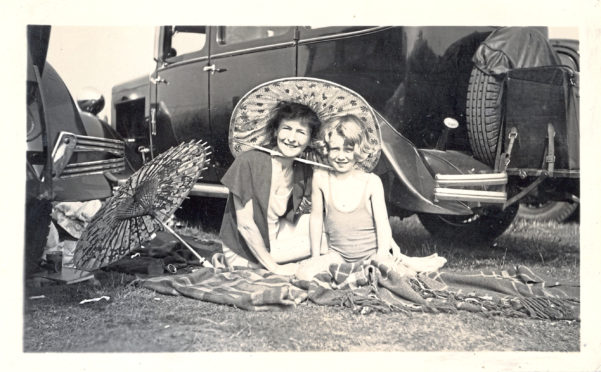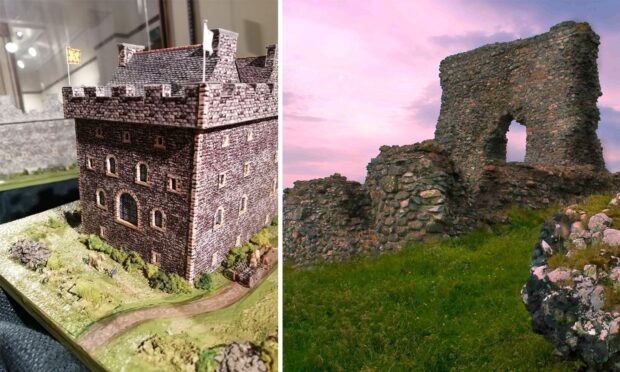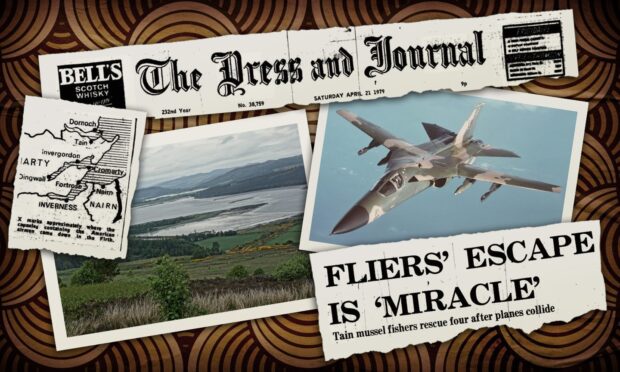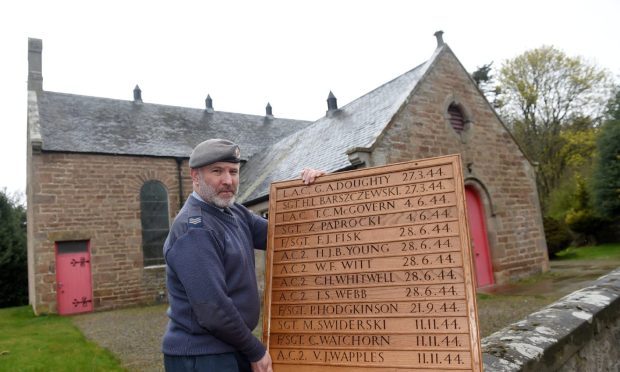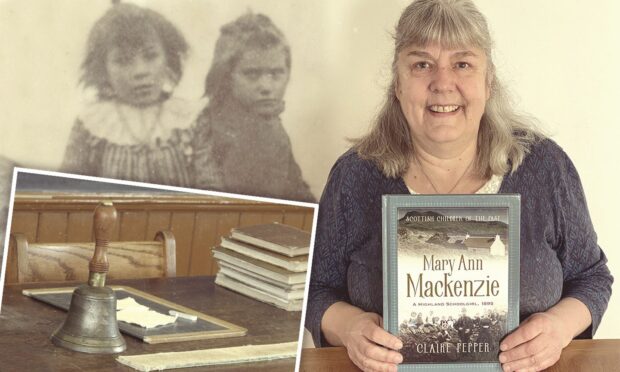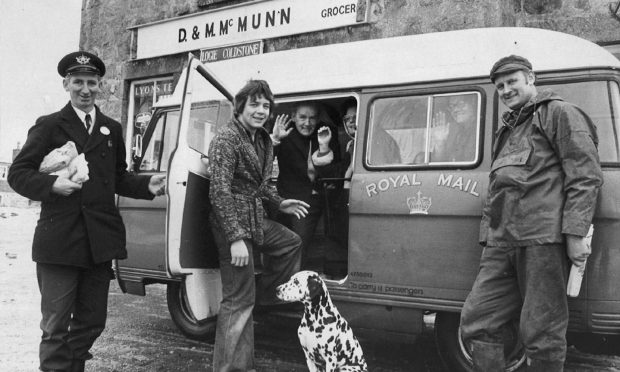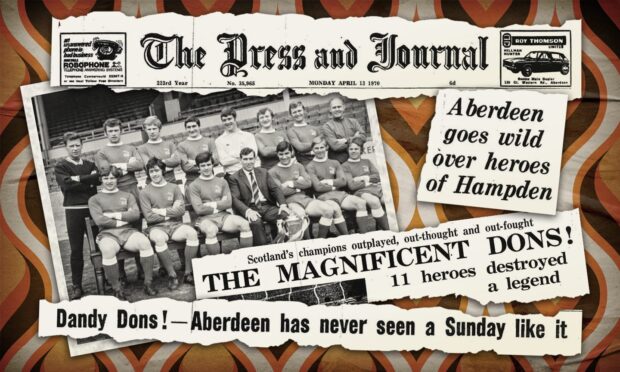The beautiful wedding dress pictured on this page tells the tale of a shipwreck. The huge fabric hat was worn at a family picnic and the Victorian walking stick originally belonged to King George IV.
This assortment of costume and accessories is complemented by photographs of the people who wore them.
Material from a range of media provides rich context that reaches beyond the object to represent everyday life. We get a glimpse at the objects’ interesting histories and the fascinating stories they can reveal.
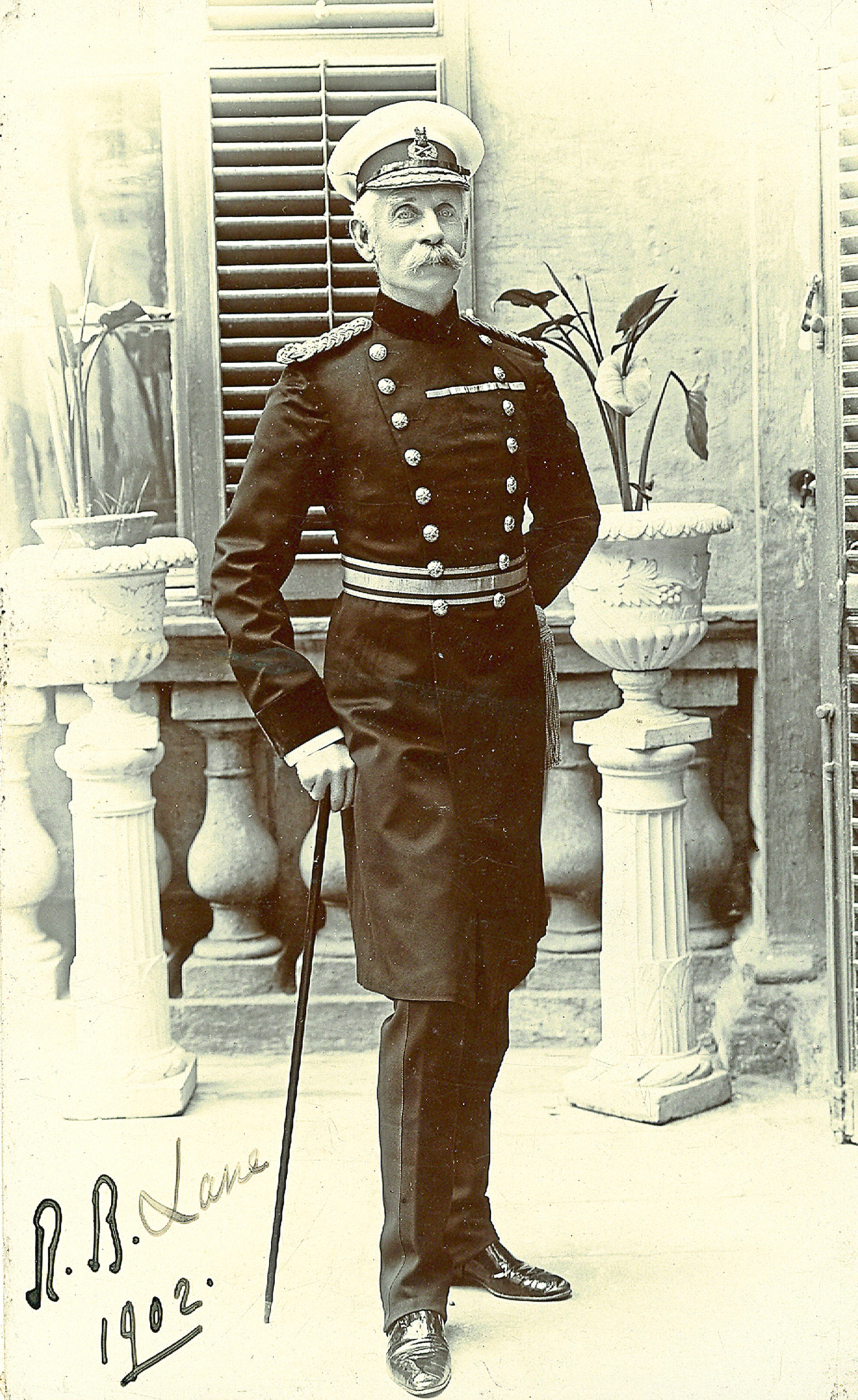
The 1820s wooden walking stick has taken a stroll with many interesting owners in the past. It was presented by King George IV (1762-1830) to his unruly nephew Prince George, the Duke of Cambridge (1819-1904). He bequeathed the walking stick to his illegitimate son, Colonel Sir Augustus FitzGeorge (1847-1933).
It was presented to the collection in 2004 by Rosemary Lane. Her great uncle was senior military officer Sir Ronald Lane. He served in Malta as aide-de-camp, an honorary military attendant, to the Duke of Cambridge. During a sailing incident off Malta, Sir Ronald asked for the Duke’s son to be rescued before him. As reward for his gallantry, the Duke’s son gifted the walking stick to him, right. It features an amber top and a black silk tassle. The letters G (for George) and R (Rex, Latin for king) feature on the handle.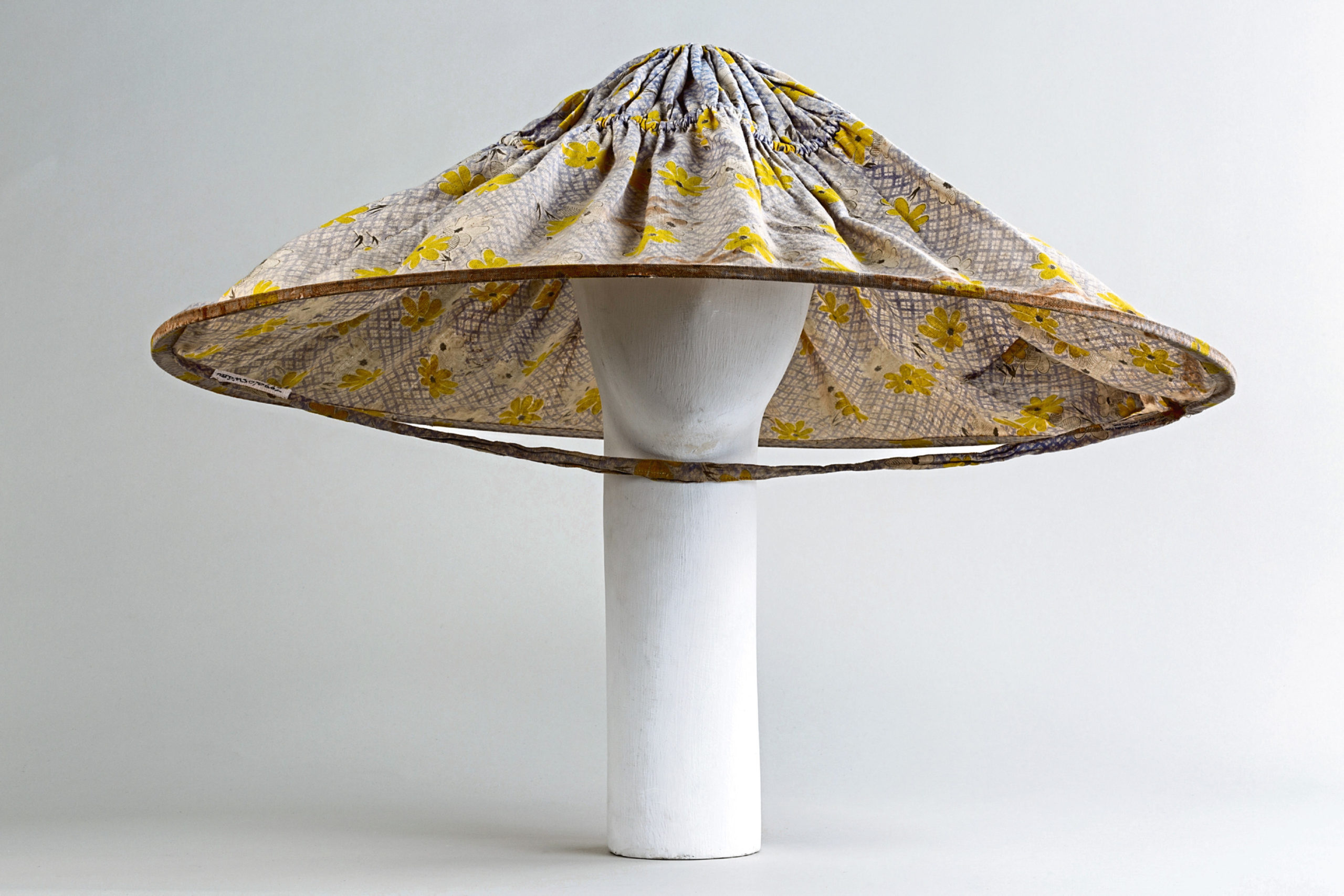
Two heads are better than one in the case of the extremely large sun hat. The photograph shows June Ross and her mother wearing the hat in the 1930s. They enjoy a picnic in front of June’s father’s Wolseley car.
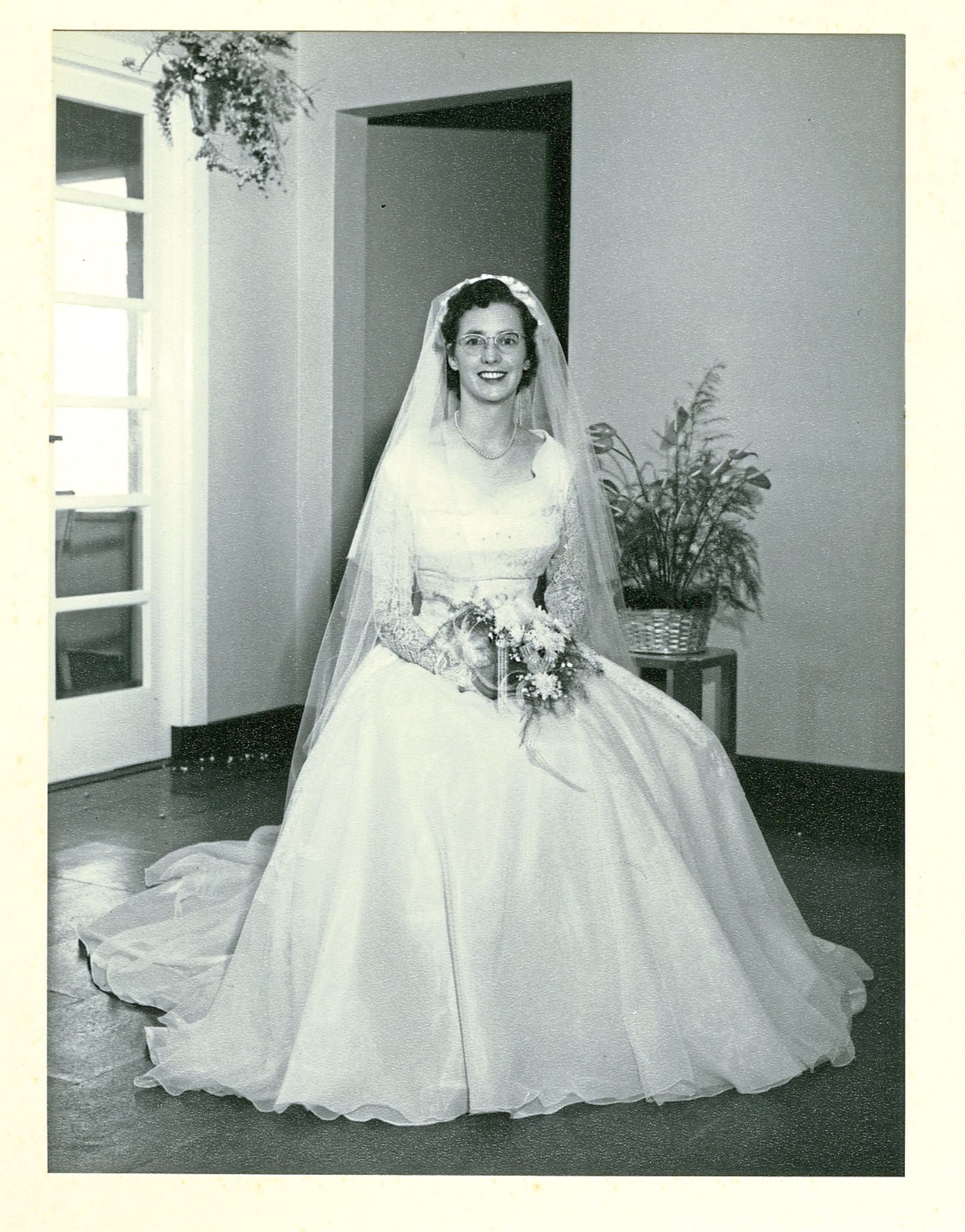
In 1957, Miss Margaret Violet Grant was travelling on board the SS Hildebrand to Trinidad to get married. The ship hit rocks off Lisbon in Portugal. Everyone on board was rescued, but Miss Grant lost all her possessions, including the wedding dress her mother had made for her.
When she finally reached Trinidad, Miss Grant found a local dressmaker who made this new wedding dress for her, left. She and her husband were married two weeks later, on October 13 1957. The beautiful wedding dress has been in our collection since 2012.
Aberdeen Art Gallery & Museums cares for rich and diverse collections of art and history, which together are recognised as a Collection of National Significance.
